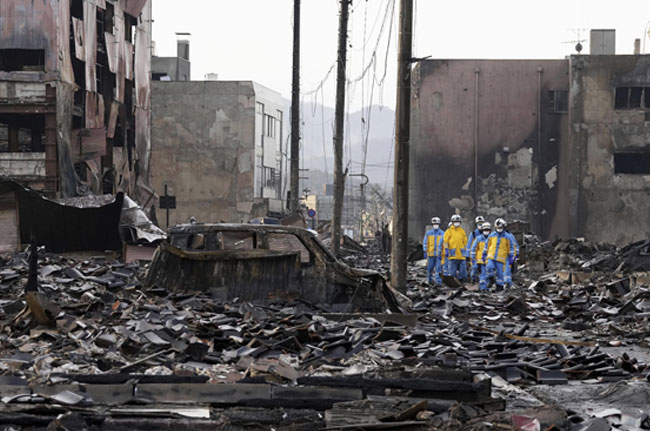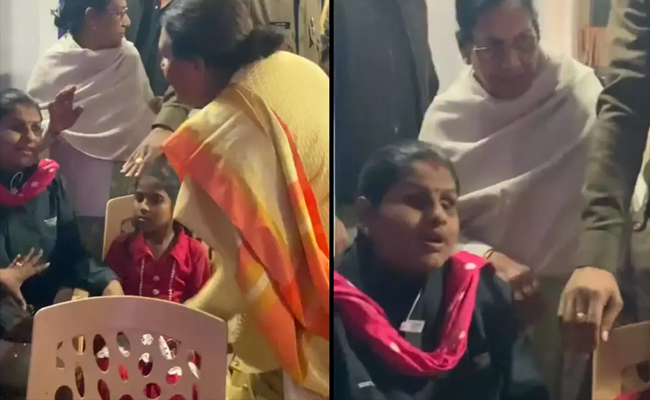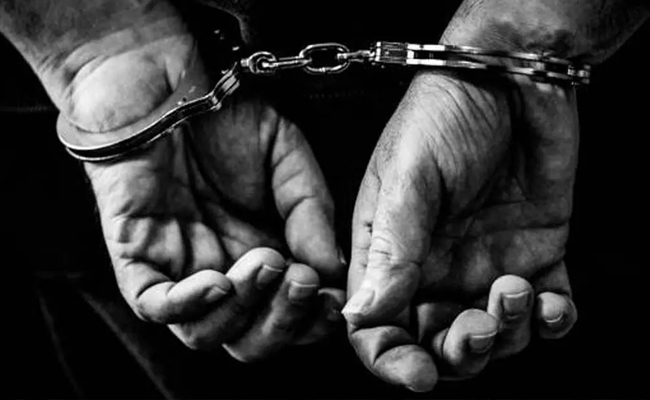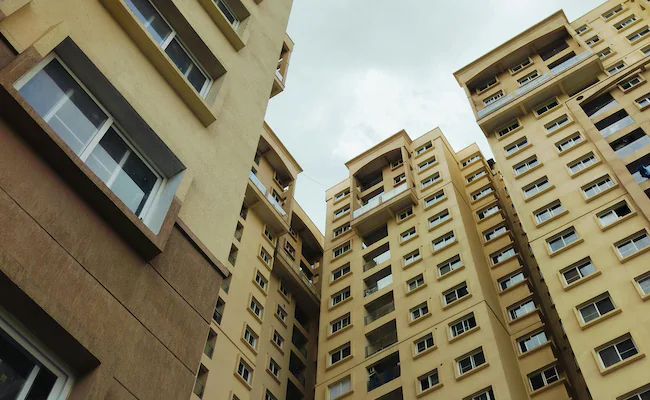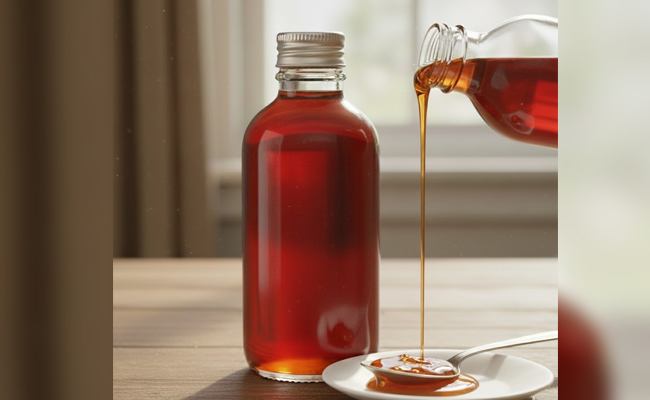Tokyo (AP): As of Wednesday, 203 deaths were reported following the 7.6 magnitude quake that slammed the western coastline of Japan on New Year's. Seven of them were at evacuation centers, where rescued people died from injuries and sickness.
Such deaths weren't directly caused by the quakes, fires and mudslides. They happened in alleged safety.
"The pressures and stress of living in a place you aren't used to lead to such deaths," said Shigeru Nishimori, a disaster official at Ishikawa Prefecture, the hardest hit region.
Nearly 30,000 people whose homes were destroyed or deemed unsafe were staying at schools and other makeshift facilities. Even minor rain and snow can set off landslides where the ground is loose from the more than 1,000 aftershocks that rattled the region for more than a week. Half-collapsed homes might flatten.
Deaths from the New Year's temblor centered on Noto Peninsula in Ishikawa Prefecture have climbed daily, as rescue teams drew bodies from the rubble. Of the deaths, 91 were in Suzu city, 81 in Wajima, 20 in Anamizu, with the rest in smaller numbers among four other towns. The number of missing people declined in recent days to 68.
Those injured totaled 566, and 1,787 homes were destroyed or seriously damaged, according to Ishikawa officials.
A tsunami, reaching as high as about 3 meters (10 feet), spewed into coastal homes after last week's biggest quake. A fire destroyed a part of Wajima city. A search began Tuesday into the remains of the fire for bodies.
Authorities warned about the raised risk of infectious diseases breaking out among people crammed into shelters. Food and drinking water supplies were short, especially initially. People slept on cold floors, some without blankets, amid dropping temperatures and harsh winds. Sheets were hung for partitions.
A week after the disaster hit Ishikawa, camping tents were set up at a big hall to accommodate 500 people a change that could prevent further post-disaster deaths. People who are pregnant, sick or old get priority for the revamped accommodations.
Soon, they'll be able to move to the 110 hotels and inns that volunteered to accept 3,000 people from the quake-damage region. With schools shuttered, people worried about the children, although some classes were moved to other campuses.
As criticism grew about the government's disaster response, Prime Minister Fumio Kishida's administration earmarked 4.7 billion yen (33 million) for the disaster to provide food, water, blankets, milk and clothing. The spending was expected to grow.
Let the Truth be known. If you read VB and like VB, please be a VB Supporter and Help us deliver the Truth to one and all.
Jabalpur: Anju Bhargava, vice-president of BJP's Jabalpur city unit, has come under sharp scrutiny, creating the ripples of political controvery in Madhya Pradesh, after a video surfaced online showing her physically assaulting a visually impaired woman inside a church.
The New Indian Express has reported that the said incident reportedly took place on Saturday (20 Dec) at a church in the Hawa Bagh area, which comes under the limits of Gorakhpur police station.
The video footage that has circulated widely on Monday shows Anju Bhargava, assaulting the blind woman in the presence of a police officer. In the video, Bhargava is seen shouting at the woman, twisting her arm and forcibly grabbing her face. The victim can be heard pleading to Bhargava to speak to her rather than resorting to physical violence. Also, we can hear Bhargava screaming, “will be blind in her next birth too”
ALSO READ: Woman arrested for theft, stolen gold articles worth Rs 32 lakh seized
According to The Indian Express reports, Bhargava entered the church, with members of several Hindutva affiliated organisations, alleging that the visually impaired children were being forced into religious conversion; But, the students present at the church have flatly denied all the allegations.
An unnamed police officer cited in media reports states that there was no evidence to support claims of forced religious conversion. The incident has since intensified political debate in the state, with opposition parties demanding accountability and action against those involved.

